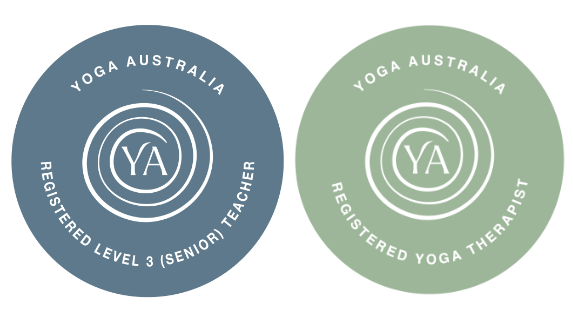Kelly Collin (Sarah’s fellow podcaster)
When I was studying massage therapy, one lesson stuck with me above all the others: one good, slow, intentional stroke is better than three rushed ones. Our lecturer was teaching us about time management and giving us techniques to handle different situations, such as spending too long on the back and running out of time to do the full arm massage, for example. The arm massage procedure was to do three full effleurage (long and slow) strokes on the forearm and arm. If we were short on time, what to do? Most students naturally sped the strokes up to try and fit them into the time limit. It’s a false efficiency: fast strokes don’t have the desired relaxing effect; indeed, they can have the opposite effect, stimulating the client’s nervous system instead.
Our lecturer’s solution was simple: one high quality (in this case, long and slow) stroke delivered with intention is far more effective than three fast, shortened strokes delivered from a stressed state.
This advice can be applied to almost anything. I long ago learned that sometimes, it’s better to take things off the to-do list and do the remaining items well, rather than cram everything in and not give anything the time it needs. The same goes for a yoga practice.
There will be days when the best option is to cross yoga off your to-do list. If it’s stressing you out to get that practice in, it’s counter-productive. Do what you need to do to meet your necessary deadlines first because if yoga has become another item to cross off the list and call done, while leaving you feeling just as stressed as if you hadn’t done it – possibly more, if you are losing time – it isn’t helping you. Just don’t make it a habit to cut your yoga practice out. If you find you’re never fitting it in, it’s time to look at your life balance. Figure out your values and why you do what you do…that’s a topic for another day.
So what about the days when you know you need a yoga break, but you don’t have half an hour, or fifteen minutes, or even five, to make it happen?
One long, slow, intentional stroke.
That’s where simple, powerful poses shine. Something like tadasana, the mountain pose. Pindasana, or child’s pose. Makarasana, the crocodile. Savasana, the supine relaxation pose. Don’t rush through complicated sequences or push yourself into a difficult asana without warming up because you feel like you don’t have time. One long, slow, intentional pose will be far more effective. And by long, I mean however long you have. Thirty seconds of tadasana can be amazing – if you can truly put all your worries aside for the full thirty seconds and bring yourself to that heaven-meets-earth mental space. Two minutes of lying in savasana, not even doing a full relaxation, just lying down with your eyes closed, has remarkable effects on the brain and activates the parasympathetic nervous system, reducing the stress response. Makarasana, if done intentionally, invites a deep sense of groundedness and stability. In Dru, we usually practise makarasana after an EBR, but it works just as well by itself as a means of transmuting energy. And pindasana, the child’s pose, is a wonderful way to reduce stress and fear and come back to yourself.
The trick to all of this is deceptively difficult, yet simple: intention. Take your five minutes or one minute or thirty seconds and make it count. How? First, set an intention. I will come out of this more relaxed. I will come out of this more grounded. I will release the negative feelings from that meeting this morning. I will start my day feeling strong. Whatever it is, know your intention. When your time is limited, you must use it wisely.
Second, put everything else aside. Your intention comes first. Choose a pose that will best suit your needs (e.g., tadasana for strength, pindasana for comfort, makarasana for grounding; they don’t have to be these things, you know what you get out of each pose) and put everything else out of your mind. Go into it knowing you have as much time as you need (because time is a construct, and all you need is an instant, if you make it count) and come out changed.
It takes practise to do this. You may not get it the first time. Don’t worry. Try again tomorrow. When you do have the time and space to explore a longer session, pay attention to what works for you and what has the most profound effect. Bring that knowledge to your short sessions. You may find you get to a point where you can simply close your eyes, visualise a change, and be transformed. That is the power of yoga.



Thank you for these helpful pointers, Kelly. The analogy of the long slow massage stroke is beautiful and visceral. It’s great to be reminded we can always make time to come ‘home’ on the mat.
You’re welcome, Lin! Thank you for your comment. I agree, it’s so important to remember that there’s always time 🙂